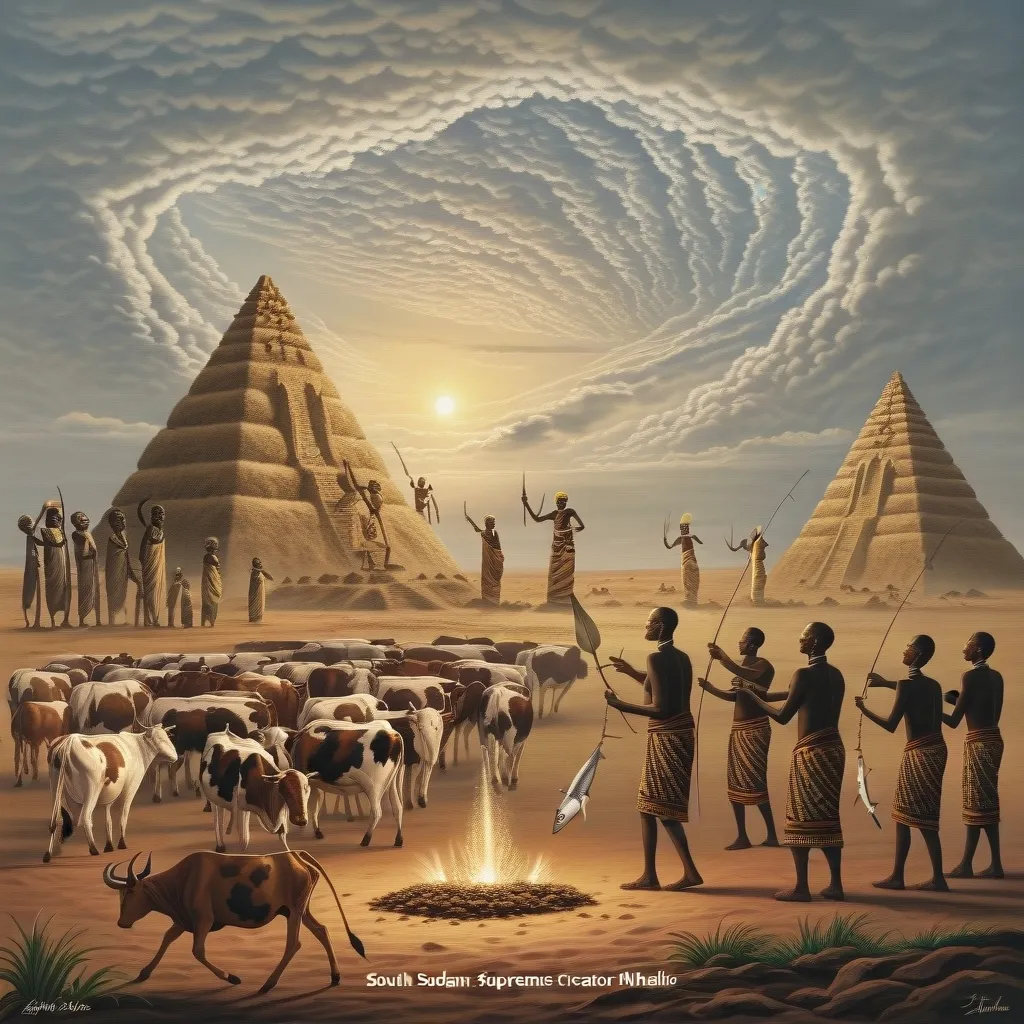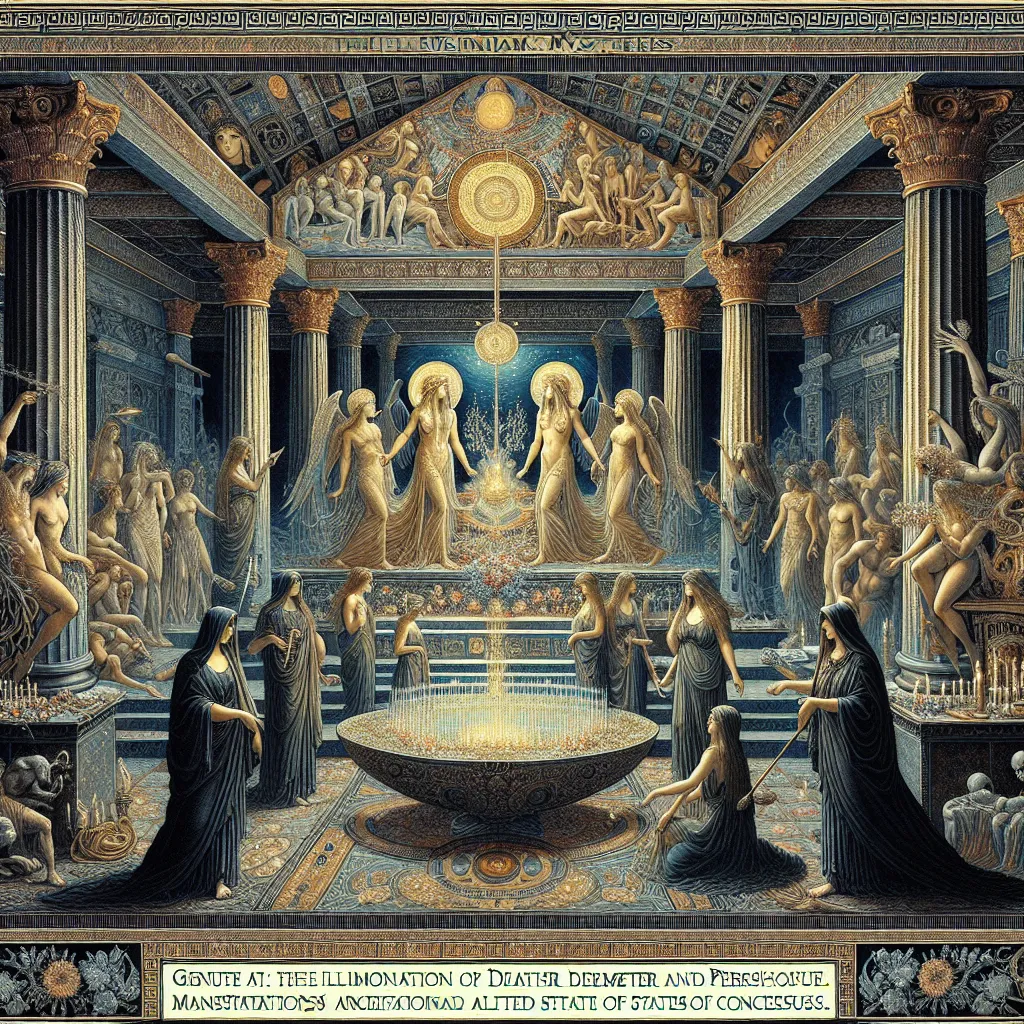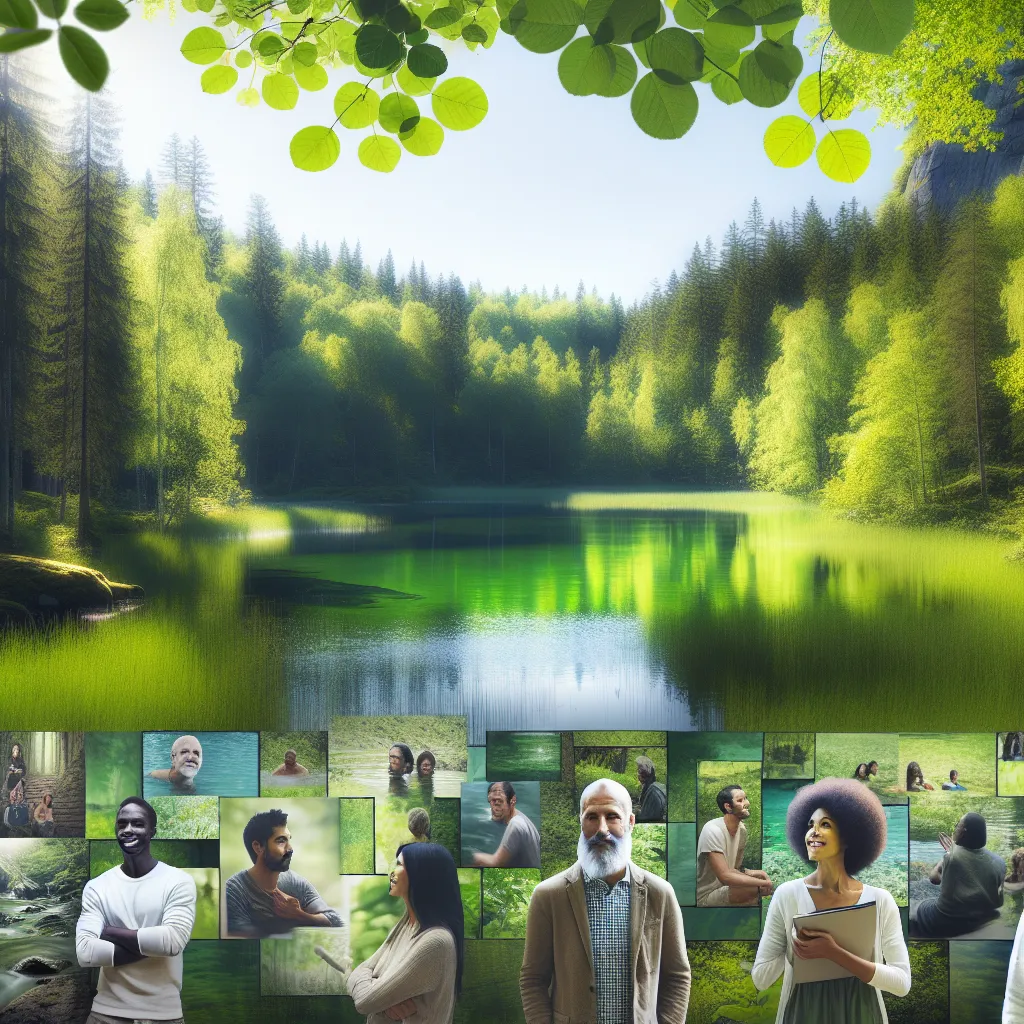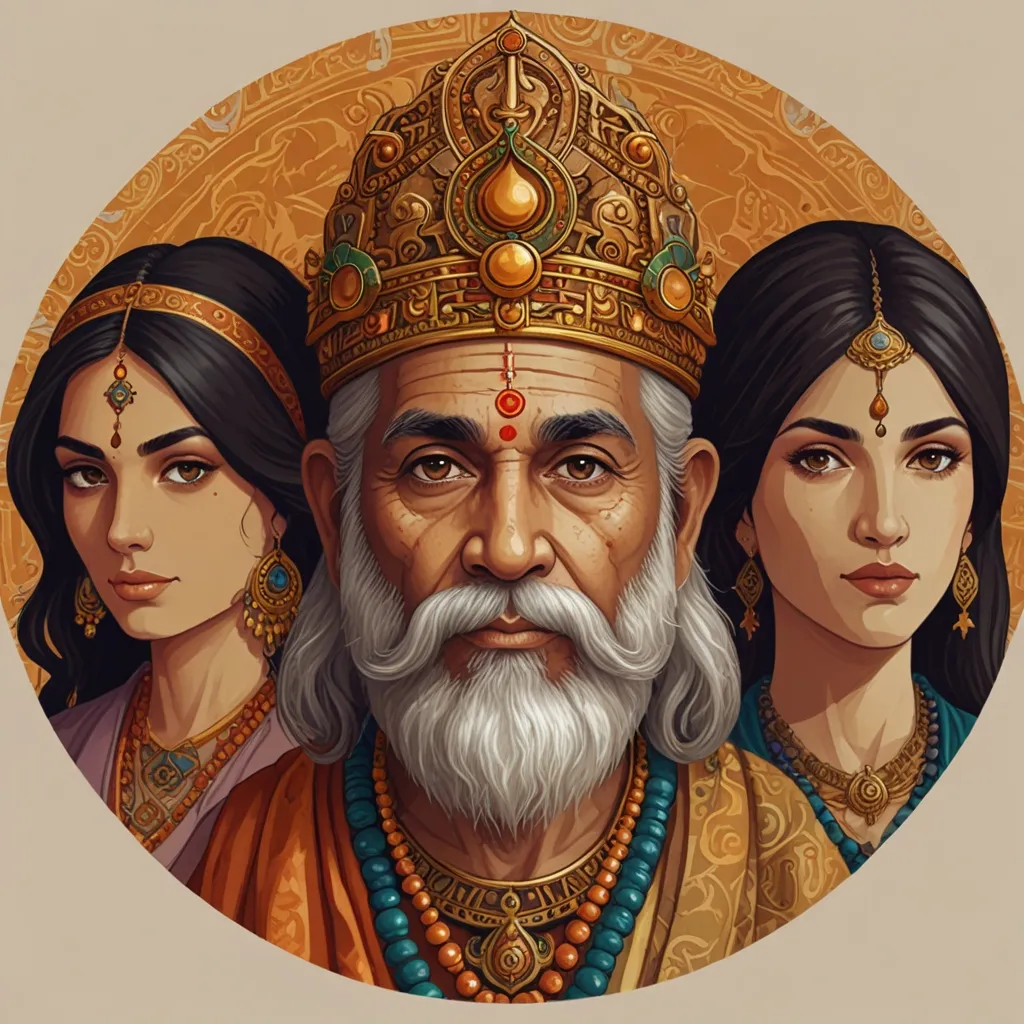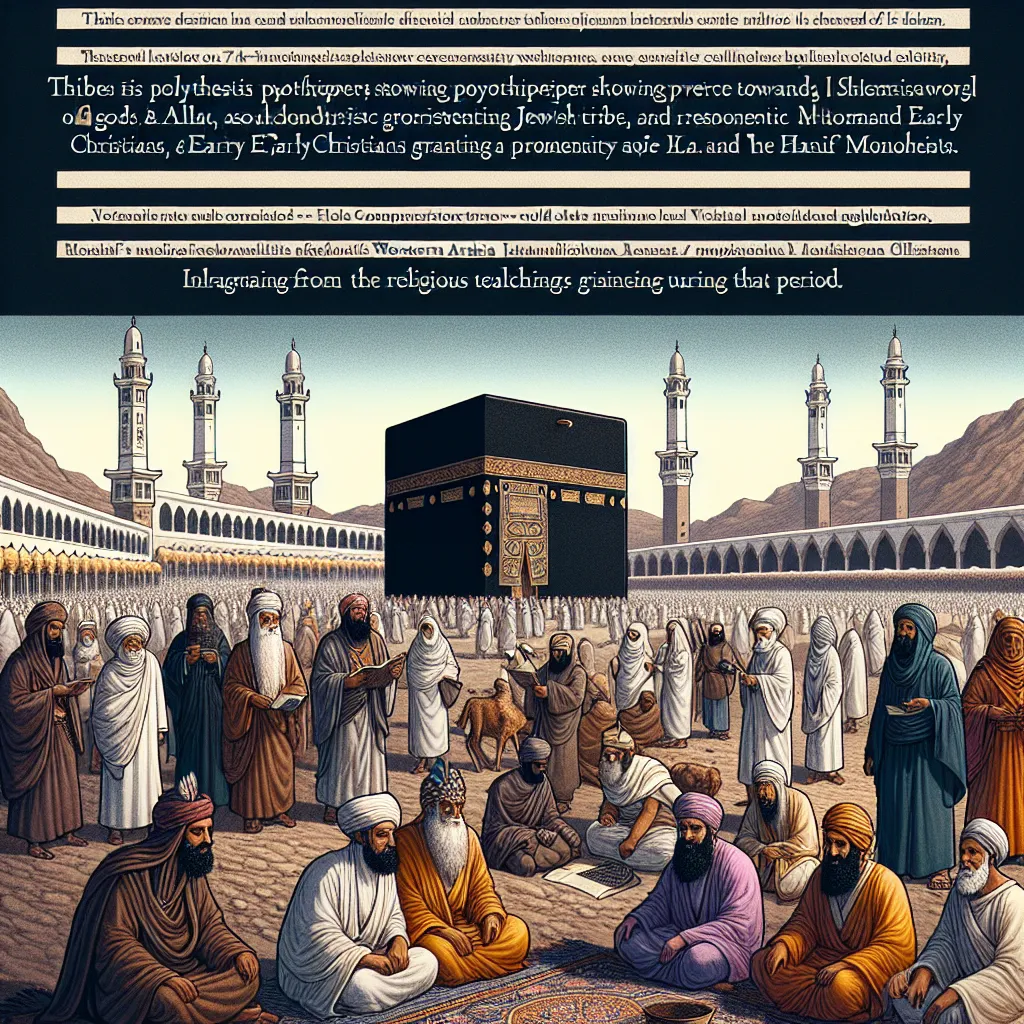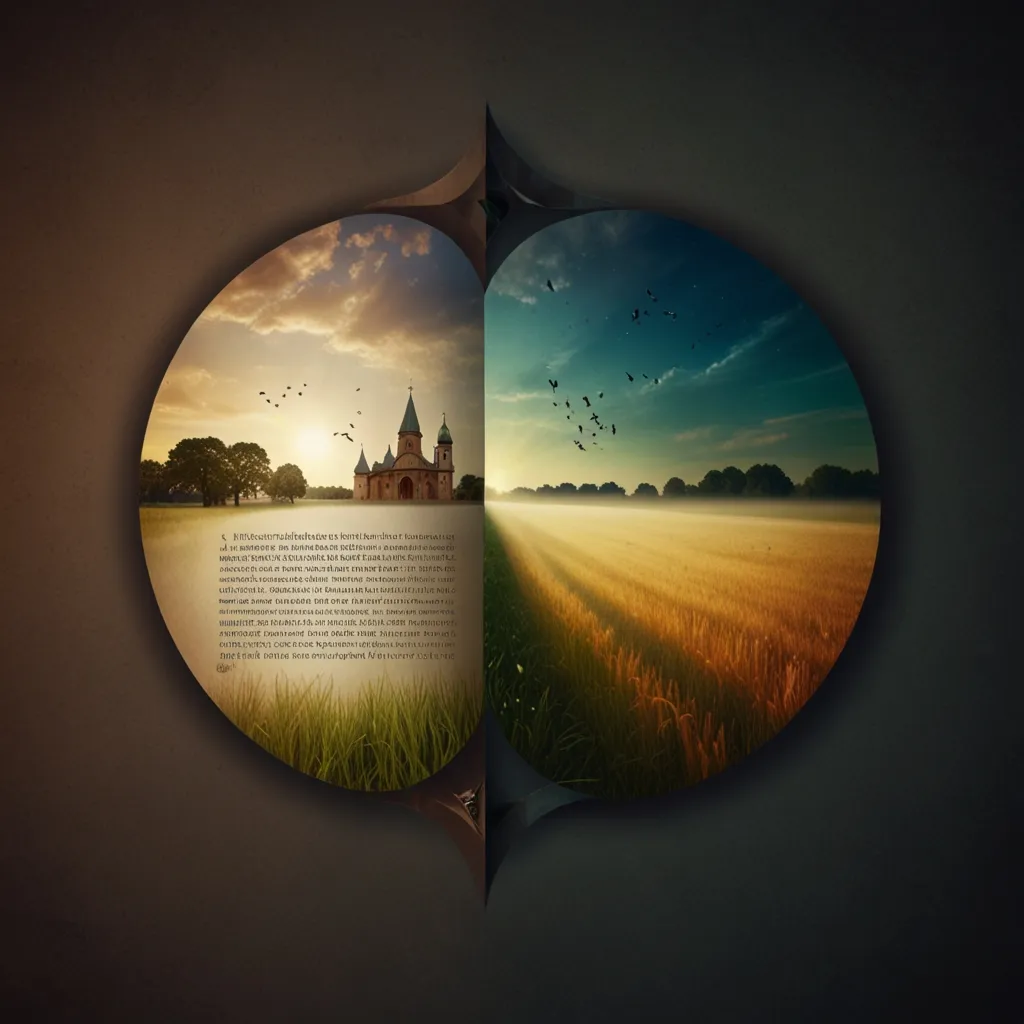The Dinka people, hailing from the heart of South Sudan, possess a spiritual richness that’s woven tightly into their cultural fabric. At the core of their traditions is a deeply ingrained reverence for their ancestors, which flavors their daily routines, sacred rituals, and divine interactions.
Let’s zoom in on this fascinating world, where the supreme creator, Nhialic, dominates the celestial hierarchy. Nhialic mainly plays the role of a distant ruler, a god of the sky and rain, around which the Dinka religion revolves. Though polytheistic, the Dinka religious structure is centered primarily around this powerful being. The mythical tales of creation are riveting, detailing how Nhialic breathed life into the first humans or sculpted them from clay or even deposited them in flowing rivers. These are not just stories; they highlight Nhialic’s grand status and undeniable influence, establishing the framework of life and death as the Dinka understand it.
A key strand in the spiritual fabric of the Dinka is ancestor worship, manifesting through spirits called “Jok.” They believe these spirits influence their lives profoundly, from the fertility of their fields to the well-being of their treasured cattle. While they undoubtedly pray to Nhialic, they also seek the favor and protection of these ancestral spirits. This interplay reflects a belief system where the ancestors remain actively present, almost like guiding guardian angels, watching over and steering the Dinka from their otherworldly abode.
Rituals and sacrifices are no mere formality for the Dinka; they are the lifeblood of their spiritual life. Imagine elaborate ceremonies, often involving the sacrifice of a mighty bull or ox, intended to appease both Nhialic and the Jok. Led by the “masters of the fishing spear” (think of them as the spiritual gurus of the community), these ceremonies are melodic symphonies of chants and hymns. The leader presents community concerns, acknowledges past wrongdoings, and transfers misfortune onto the sacrificial animal. It’s a process, deeply symbolic, believed to restore harmony and balance within the community.
Daily life for the Dinka is like a constant dance with spirituality. Their pastoral way of living places cattle at the very heart of their existence. These animals are seen as reflections of their spiritual health. And beyond livestock, the Dinka emphasize harmony with nature. Praying for rain, fertile lands, safety, and prosperity becomes second nature to them, aligning their daily life with their spiritual beliefs.
Community is a cornerstone of Dinka life, especially noticeable during initiation rituals for young men. These rites mark a transformational journey from boyhood to manhood, laden with symbolic significance, including acquiring a second cow-color name, indicating a new status within the community. It is more than a transition; it’s an acknowledgment and acceptance of adult responsibilities.
In every culture, symbols hold power, and for the Dinka, mounds and pyramids serve as religious monuments. Picture structures crafted from cattle ashes, cow dung, and clay - tangible connections to revered priests whose legacy they honor. These aren’t just architectural feats but spiritual beacons—a homage to those who led with wisdom.
The external world, with its myriad influences, has inevitably touched the Dinka culture. The advent of Islamic law during the Sudanese civil wars posed significant threats to their traditional ways. Despite such pressures, the Dinka managed to weather these storms, safeguarding their spiritual identity. A notable moment in their history came in 1999 with the signing of the Wunlit Dinka-Nuer Covenant. This accord was a beacon of peace and reconciliation between the Dinka and their age-old rivals, the Nuer, preserving a legacy of peace over conflict.
In recent times, a curious blend of syncretism between traditional Dinka practices and Christianity has emerged. This merging has resulted in a fascinating fusion where certain Christian elements seep into rituals like bovine sacrifices. The themes of sacrifice and redemption find echoes between the two spiritual practices, creating a spiritually complex landscape. Yet, despite this syncretism, the heart of Dinka spirituality remains unyieldingly devoted to Nhialic and their ancestors.
The vibrant spiritual traditions of the Dinka people paint a compelling picture. Through their deep-seated beliefs and practices, they weave a tale of harmony with the divine and nature. Even when facing modern challenges, their spirituality remains resilient, a pillar of their cultural identity. This profound spiritual life continues to influence and shape every facet of their existence, making Dinka culture one that thrives on ancestry and a nuanced understanding of the world around them. Their journey is not just about preserving the past but shaping a future where tradition and evolution go hand in hand.
